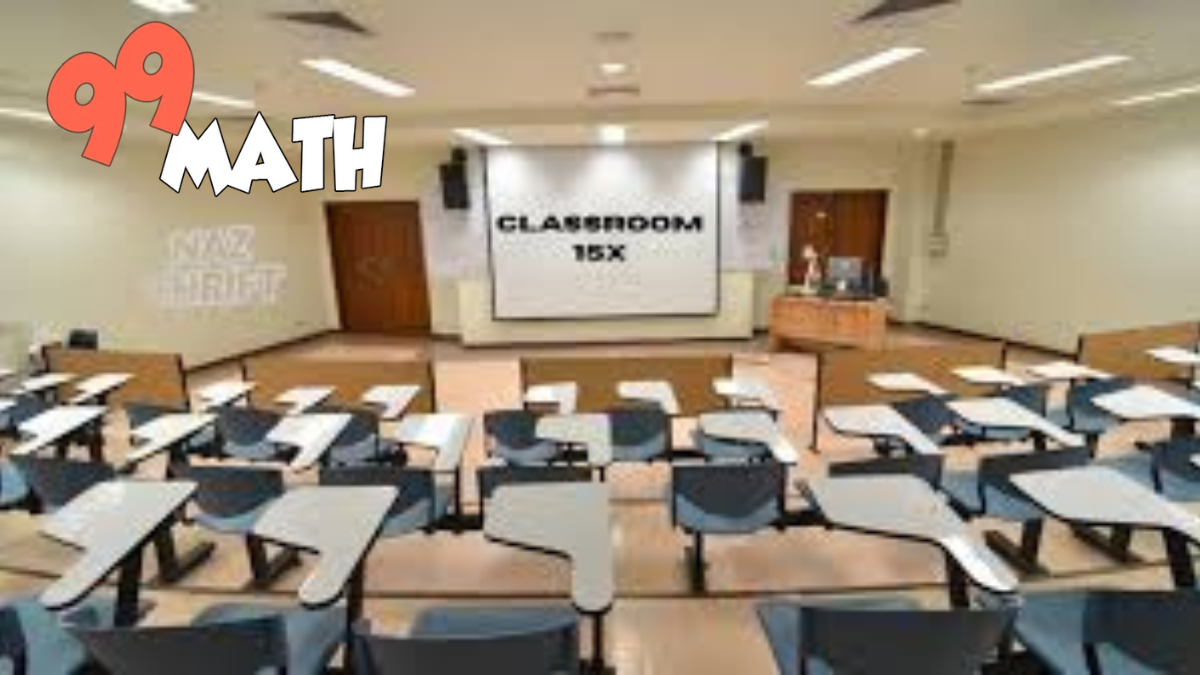Introduction
Classroom 15x As educational landscapes evolve to meet the needs of modern students, the concept of the “Classroom 15x” emerges as a groundbreaking model that transforms the traditional learning environment into a dynamic, flexible, and technology-driven space. This innovative approach focuses on rethinking the classroom experience, ensuring that it accommodates the diverse needs of learners while fostering creativity, collaboration, and engagement. By integrating advanced technology, adaptable designs, and personalized learning methods, the Classroom 15x model aims to revolutionize the way students learn and interact with their environment.
The concept of Classroom 15x goes beyond mere aesthetic changes or the introduction of new technologies. It represents a holistic shift towards creating a more interactive, student-centered classroom where learning is not confined to a traditional, rigid setup. The classroom layout, tools, and teaching methods all work in harmony to engage students, enhance their learning experiences, and prepare them for a future where technology and collaboration are essential skills. In this article, we explore the evolution of the classroom, the key elements of Classroom 15x, its impact on student performance, challenges, and the future possibilities it holds.
The Evolution of the Classroom: From Traditional to 15x
The history of the classroom has seen numerous changes, from the early days of one-room schoolhouses to the modern, technology-laden learning environments we have today. Traditionally, classrooms were structured around a one-size-fits-all model, with rows of desks facing the teacher’s desk, limited interaction, and minimal use of technology. This model, which was effective for many years, struggled to keep pace with the rapidly changing needs of students and the increasing demands of modern education.
The shift towards Classroom 15x marks a critical turning point in educational design. Unlike traditional classrooms that prioritize rigid structures, Classroom 15x integrates flexible layouts that allow for a more fluid learning experience. It embraces the use of technology, not as an accessory but as an essential tool for fostering collaboration, personalized learning, and real-time feedback. In this modern classroom, students can interact with digital tools like interactive whiteboards, tablets, and even virtual reality, making learning more immersive and dynamic.
The evolution from traditional to Classroom 15x also reflects a deeper understanding of how learning environments impact student outcomes. Research has shown that students thrive in classrooms that encourage flexibility, engagement, and interaction. The Classroom 15x model is a direct response to these findings, providing an environment that is more adaptive and attuned to the needs of individual students.
Key Elements of the Classroom 15x: What Sets It Apart?
Smart Technology Integration
At the heart of Classroom 15x is the integration of smart technology, which revolutionizes how both teachers and students interact with educational content. Interactive whiteboards, digital tablets, and learning management systems (LMS) enable educators to present lessons in a way that engages students visually, audibly, and kinesthetically. With tools such as virtual reality (VR) and augmented reality (AR), students can explore complex subjects like history or science in an immersive and interactive way, deepening their understanding and sparking their curiosity.
Smart technology also facilitates personalized learning. By utilizing data analytics and AI, teachers can track students’ progress and tailor lessons to meet the unique needs of each learner. This level of customization ensures that students are always challenged at the right level, helping them to stay engaged and motivated while mastering key concepts at their own pace.
Flexible Classroom Layouts
Classroom 15x is defined by its adaptable physical space, which can be easily rearranged to accommodate different learning activities. Instead of being confined to fixed desks, students can move between individual workstations, group settings, and collaborative spaces. This flexibility supports a variety of teaching styles, whether the lesson calls for independent work, teamwork, or hands-on experimentation.
For example, during a group discussion, the desks might be arranged in a circle to promote open communication, while a project-based activity could require students to work at different stations around the room. The ability to shift the classroom layout ensures that the space supports the learning activity, allowing students to engage in different types of learning experiences that enhance their critical thinking and creativity.
The Impact of Classroom 15x on Student Performance
Enhanced Learning Engagement
Classroom 15x is designed to capture students’ attention and foster a deeper engagement with the learning process. By incorporating modern technology, flexible layouts, and interactive tools, the classroom environment itself becomes a catalyst for learning. Interactive displays, gamified learning apps, and virtual labs encourage students to participate actively in lessons rather than passively absorb information.
For instance, in a history lesson, students might use a VR headset to experience historical events firsthand, such as walking through ancient Rome. This immersive experience fosters a sense of wonder and makes learning tangible and relevant. Such technology not only helps in retaining information but also cultivates a love for learning by making lessons more enjoyable and engaging.
Collaboration and Critical Thinking
Another key benefit of Classroom 15x is its focus on collaboration. With group-friendly layouts and tools that support real-time communication and idea-sharing, students are encouraged to work together to solve problems and explore new concepts. Collaborative learning fosters critical thinking, creativity, and communication skills—skills that are essential in the 21st-century workplace.
Through platforms like digital discussion boards, virtual brainstorming sessions, and shared project spaces, students can collaborate on projects, conduct research, and exchange ideas. These interactive activities promote higher-order thinking, problem-solving, and the development of social-emotional skills, which are all crucial for personal and professional growth.
Challenges and Considerations for Implementing Classroom 15x
Budget and Funding
Transforming a traditional classroom into a Classroom 15x environment can be a significant financial investment. The integration of smart technology, flexible furniture, and other resources requires careful budgeting and planning. Many schools, especially those with limited funding, may struggle to cover the costs of high-tech equipment and infrastructure upgrades.
To address this challenge, schools can look for ways to incrementally integrate new technologies and furniture over time, spreading the cost over several years. Additionally, grants, donations, and partnerships with tech companies can help alleviate the financial burden and make the Classroom 15x model more accessible.
Teacher Training and Adaptation
While Classroom 15x offers numerous benefits, teachers must be adequately trained to utilize these new tools and teaching methods effectively. Professional development is essential for helping educators feel comfortable with technology and adaptive learning strategies. Without proper training, teachers may struggle to integrate the new tools into their teaching practices, limiting the potential impact of the Classroom 15x model.
Schools must invest in ongoing teacher training to ensure that educators can maximize the potential of their classroom’s design and technology. Additionally, teachers should be encouraged to experiment with new teaching techniques and collaborate with colleagues to share best practices.
The Future of Classroom 15x: What’s Next?
As we look to the future, the Classroom 15x model is poised to evolve even further. Advancements in AI, machine learning, and robotics will likely play a significant role in shaping the next generation of classrooms. For example, AI-powered tools could provide real-time feedback on students’ work, while robots might assist with personalized instruction and even classroom management.
The future of Classroom 15x will also be characterized by greater inclusivity and accessibility. As technology continues to improve, classrooms will become more adaptable to students with diverse needs, ensuring that all learners have the support and resources they need to succeed.
Conclusion
Classroom 15x represents the future of education, combining advanced technology, flexible layouts, and personalized learning methods to create an environment that fosters creativity, collaboration, and student success. By embracing this model, schools can equip students with the skills and knowledge they need to thrive in an increasingly digital and interconnected world. However, successful implementation requires careful planning, investment, and teacher training. As technology continues to evolve, the Classroom 15x model will undoubtedly continue to shape the future of education.
Also Read: bubble font


